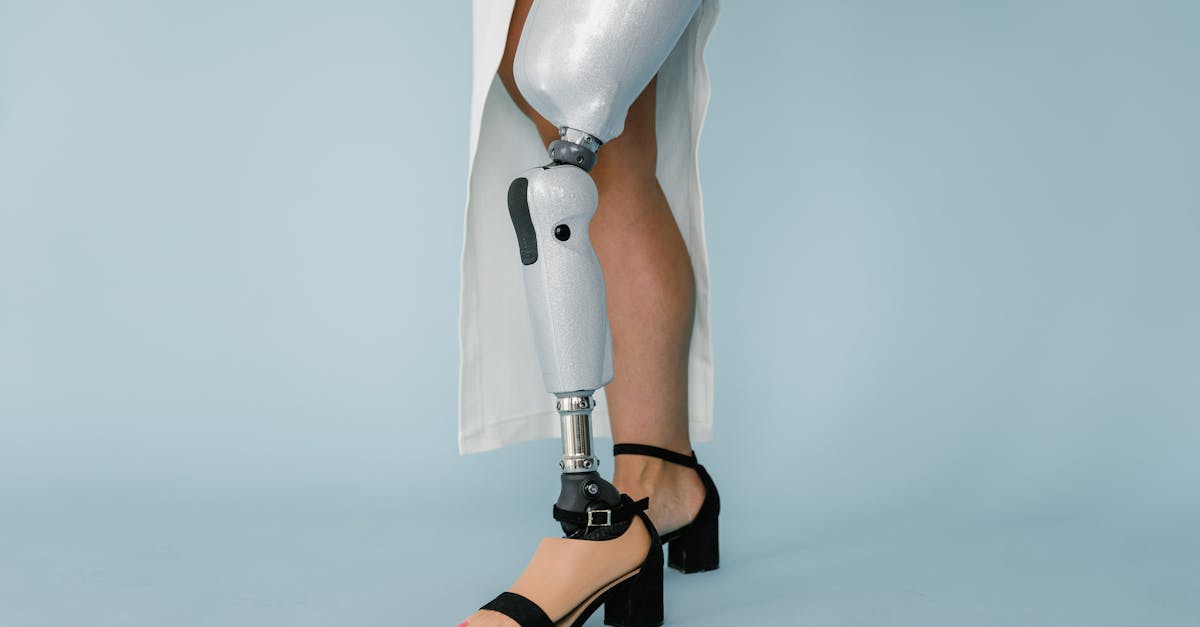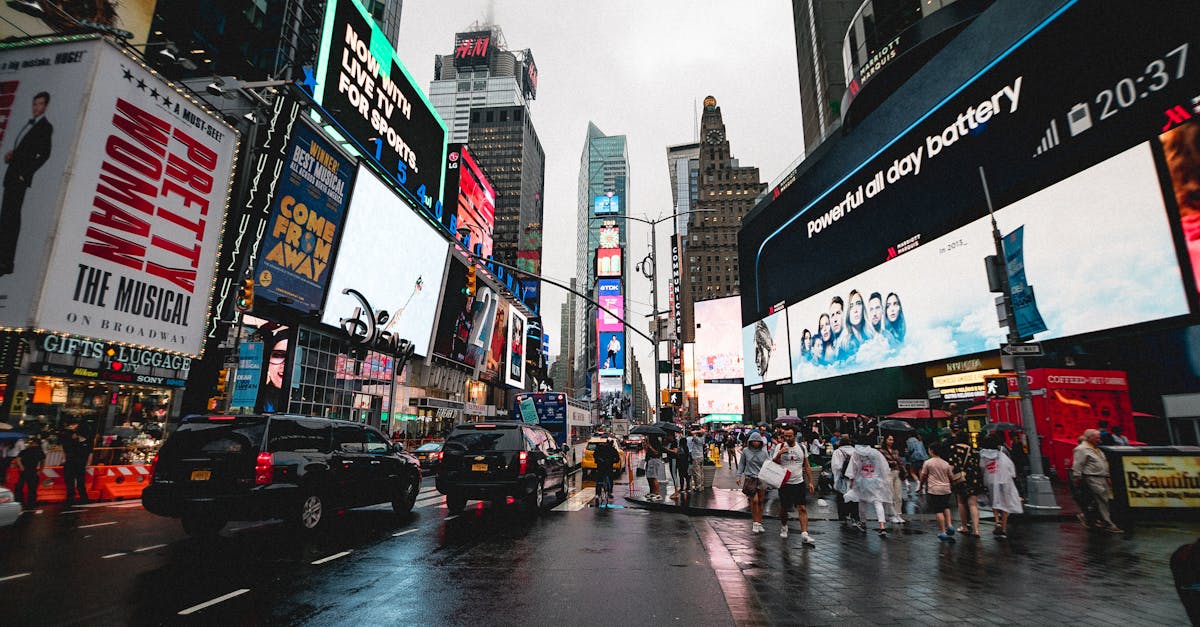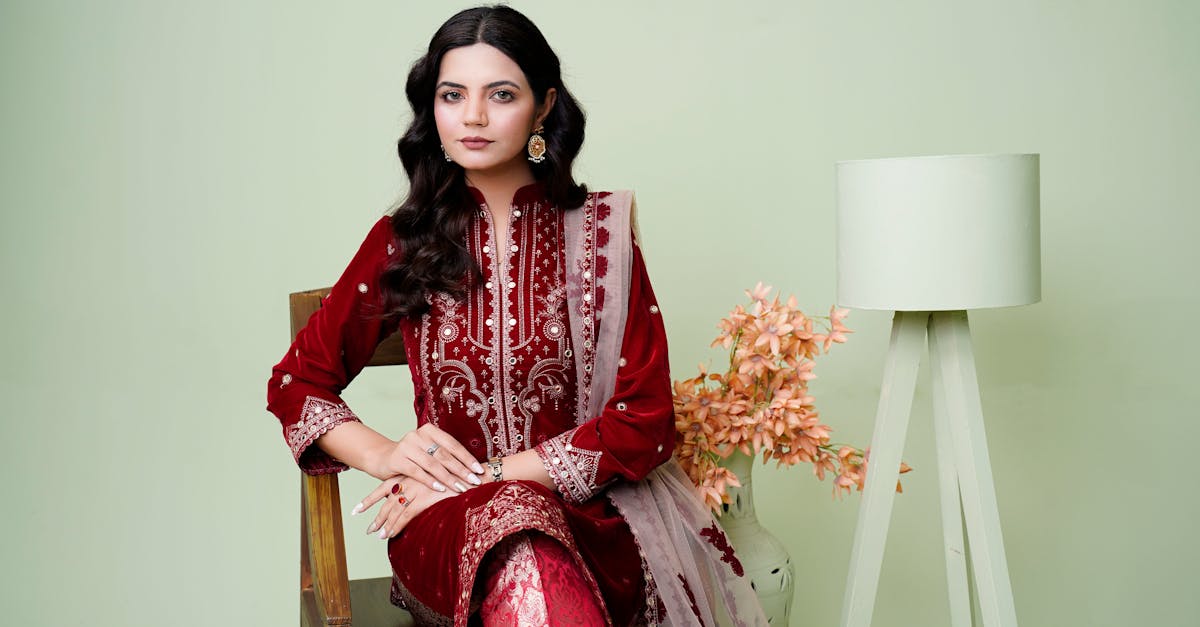Fashion Odyssey Unveiling Innovations In Style
Introduction
Fashion is a vibrant tapestry of culture, art, and innovation, constantly evolving to meet the needs and desires of the society it serves. With each passing year, the fashion industry unveils groundbreaking innovations that challenge traditional norms and set exciting new trends. From sustainable materials to digital design, fashion's innovative strides promise a more inclusive and environmentally conscious future. These advancements push the boundaries of what we consider stylish and alter how fashion is consumed and appreciated. But what drives these innovations, and how are they changing the landscape of style as we know it? This article will delve into the myriad innovations shaping modern fashion, offering insights into the industry's future trajectory.
Advertisement
Sustainable Fashion Materials
Sustainable fashion has transitioned from a buzzword to a pivotal movement within the industry. Designers are increasingly turning to materials that are eco-friendly yet luxurious, such as organic cotton, bamboo, and recycled polyester. Brands like Stella McCartney and Patagonia lead the charge, championing these materials while maintaining high style standards. Additionally, innovations like lab-grown leather and biodegradable textiles present viable alternatives to traditional materials, significantly reducing the environmental impact. The introduction of these materials not only revolutionizes aesthetics but also caters to a growing consumer base that prioritizes sustainability in their purchasing decisions.
Advertisement
The Rise of 3D Printing
3D printing is a transformative technology reshaping fashion design and production. This method allows designers to create intricate designs that were previously impossible or too costly to produce using traditional techniques. Designers like Iris van Herpen have embraced 3D-printed garments and accessories, demonstrating the technology's potential to redefine couture. Moreover, 3D printing minimizes waste, as pieces can be produced on-demand and with precise amounts of material. This innovation democratizes fashion, enabling designers to experiment freely while offering consumers more personalized and custom experiences.
Advertisement
Digital Fashion Revolution
The digital era has ushered in new ways to create and consume fashion. Digital fashion, which refers to clothing designed using 3D software and 'worn' in a virtual environment, is gaining momentum. Platforms like DressX allow users to purchase digital outfits for avatars or social media presence. Fashion weeks have also started to integrate digital shows, showcasing designs in virtual spaces without physical limitations. This revolution offers endless creative possibilities and significantly reduces the carbon footprint associated with traditional fashion production cycles.
Advertisement
Wearable Tech in Fashion
Wearable technology sits at the intersection of fashion and functionality, offering style while enhancing everyday convenience. Recent developments include smart garments with biometric sensors or integrated health monitoring systems. These innovations cater to the growing demand for clothes that not only look good but also offer added value. Apple Watch collaborations with luxury brands highlight the trend, blending cutting-edge technology with high fashion effortlessly. Wearable tech represents a frontier where fashion meets advanced science, promising a future where style syncs seamlessly with technology.
Advertisement
Inclusivity and Adaptive Fashion
Fashion’s ongoing commitment to inclusivity is catalyzing a shift towards adaptive fashion, crafted to meet the needs of all individuals. Brands are recognizing the vital importance of creating clothes suitable for diverse body types, ensuring comfort and style for everyone. Labels like Tommy Hilfiger and Nike are leading with collections designed for people with disabilities, further opening the doors of high fashion to all. This commitment to inclusivity ensures the fashion industry becomes a true reflection of society, accentuating individuality and embracing diversity.
Advertisement
Sustainability Trends in Retail
Retail spaces are witnessing a paradigm shift as sustainability trends gain traction among consumers. Brands now focus on creating more responsible retail environments, such as using renewable energy and reducing packaging waste. Some retailers have adopted circular fashion models, promoting the recycling, repurposing, or reselling of garments. The introduction of in-store clothing repair services underscores a cultural shift towards sustainable consumption. These changes signal that the future of fashion lies in mindful consumer activism, shaping new norms in retail operations.
Advertisement
The Eco-Friendly Fashion Tech
Eco-friendly fashion technologies are pivotal in paving the way for a sustainable future. Innovations like water-saving dyeing processes and energy-efficient manufacturing methods significantly cut down the resources required for clothing production. Technology also facilitates a circular economy, allowing old garments to be recycled into new fabric materials. Companies are investing in blockchain for transparent supply chains, assuring customers of ethical production practices. As these technologies evolve, they promise a greener fashion industry that respects both people and planet.
Advertisement
The Future of Fashion Shows
Traditional fashion shows are evolving into spectacular digital experiences, fueled by technological advancements and changing consumer expectations. Livestreamed events, augmented reality showcases, and virtual runways indicate a shift towards interactive and accessible fashion presentations. The diversification of audiences, who now participate globally, challenges designers to think outside conventional parameters. This innovation not only democratizes fashion but also personalizes the experience, creating immersive events that engage audiences in unprecedented ways.
Advertisement
Conclusion
As the fashion industry continues on its innovation journey, it reshapes what style means in today’s world. These advancements, from sustainable practices to technological integration, underline a dynamic industry keen on preserving the planet while embracing new trends. Fashion is expanding its horizons, recognizing the impact of inclusive and adaptive designs in celebrating diversity. The digital revolution heralds an era where fashion is more accessible than ever, transcending geographical and physical boundaries. Ultimately, the future of fashion lies in its adaptability and commitment to progress, promising an industry that is as creative and resilient as its patrons.
Advertisement








